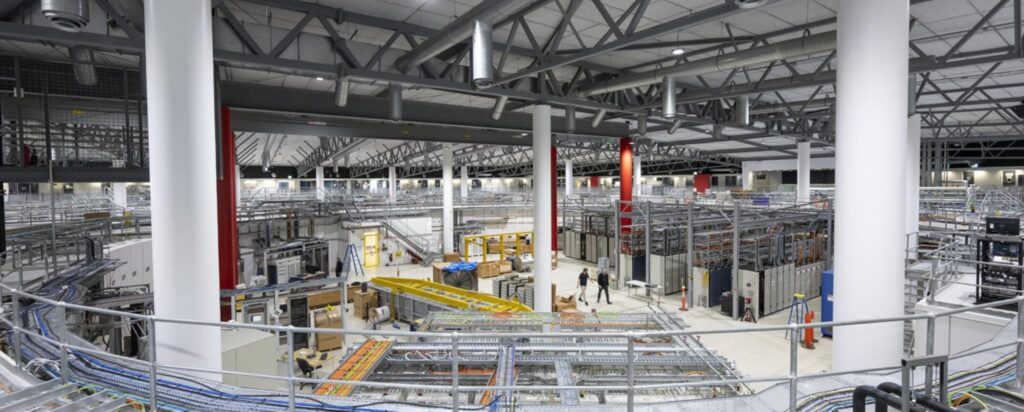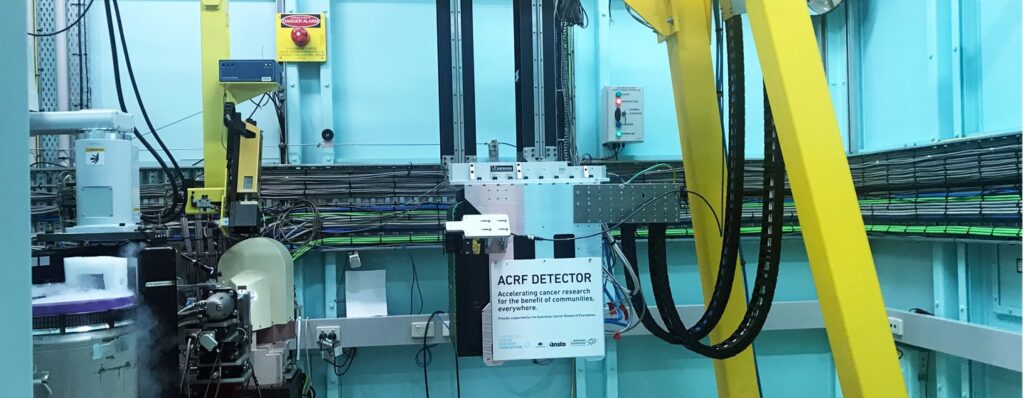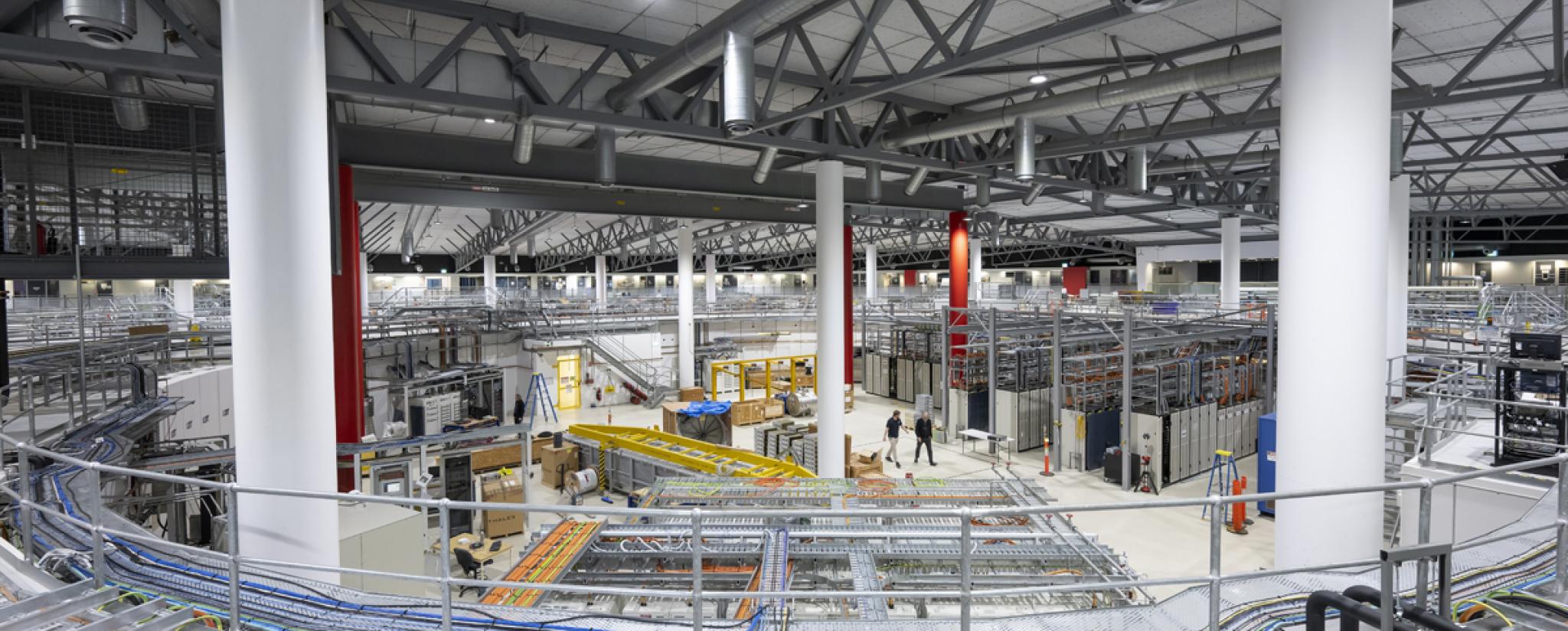Under the microlense of Biomechanics
16/8/2023


In Melbourne this week members of the Centre had the pleasure of visiting the Australian Synchrotron. The construction is beneficial to many research fields its ability to devolve high-resolution three-dimensional (3D) structures at high spatial resolution 100 to 5000 nanometres. This is incredibly relevant to biomechanics with the detail being able to replicate imaging of bone tissue using the new Micro MCT beam-line.
This is achieved through an innovative software that uses monochromatic, pink, and white X-ray beams that have a larger range data collection method including a comparison of samples that change as a function of temperature, pressure, and strain, these are important indications with situ investigation of bone response under load conditions and tensile testing.
This and its higher accuracy for quantitative processing can be utilised across many of the centre’s programs, with data and sample image quality often a constraint of research when training programs, and mapping biomechanics markers. This can improve other overall research output’s accuracy of models and extend research into directions previously impossible.
Thanks to the Australian Nuclear Science and Technology Organisation (ANSTO) for advocating for the new Micro MCT beam-line under Project Bright.
This is an incredible advancement for Australia and the centres’ research, with thanks to Prof Peter Pivonka forging ahead with this opportunity for the centre in association with Assoc. Prof Andrew Kingston from The Australian National University (ANU), Dr Levi Beeching (ANU), Dr Rita Hardiman from the University of Melbourne, and centre affiliate PhD student Mr Alexander Lee-Medland.


